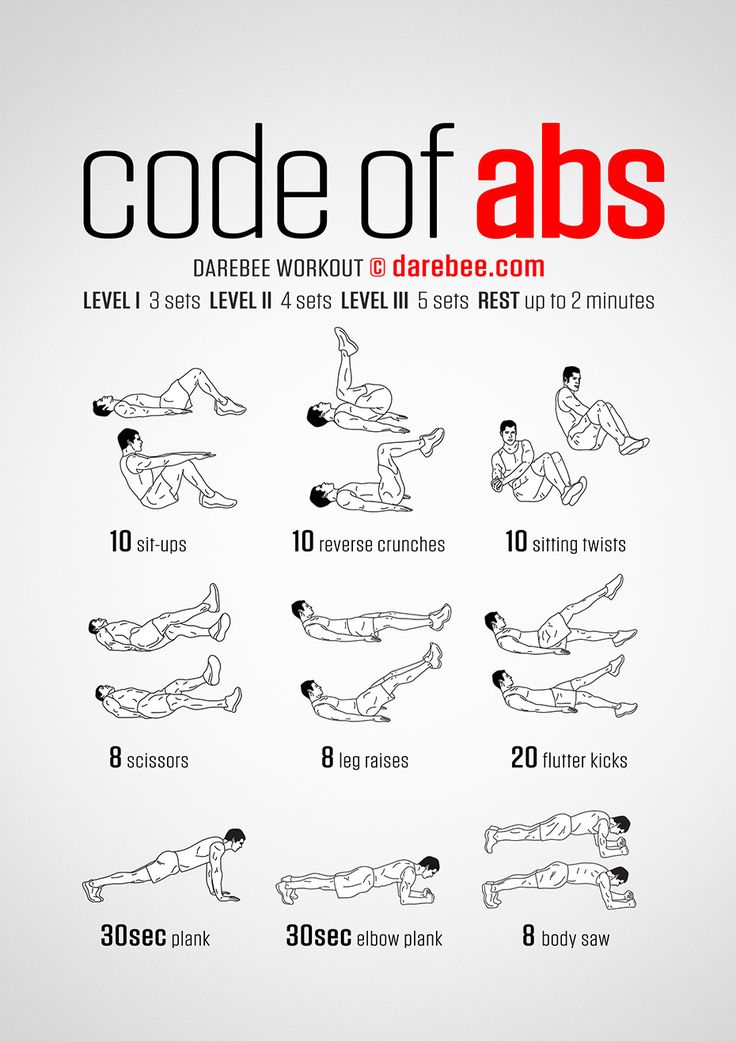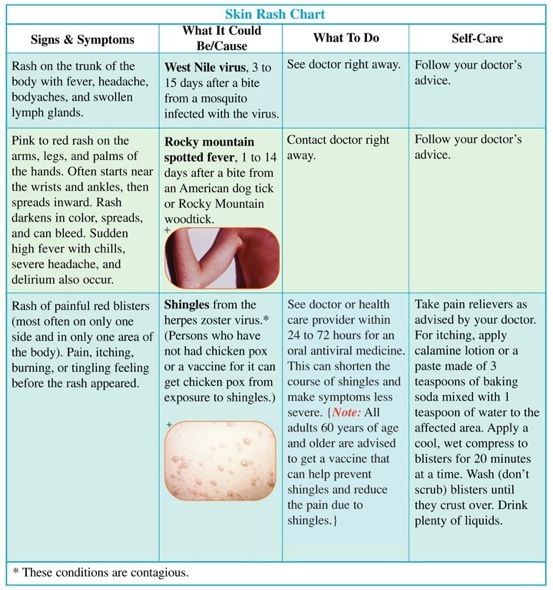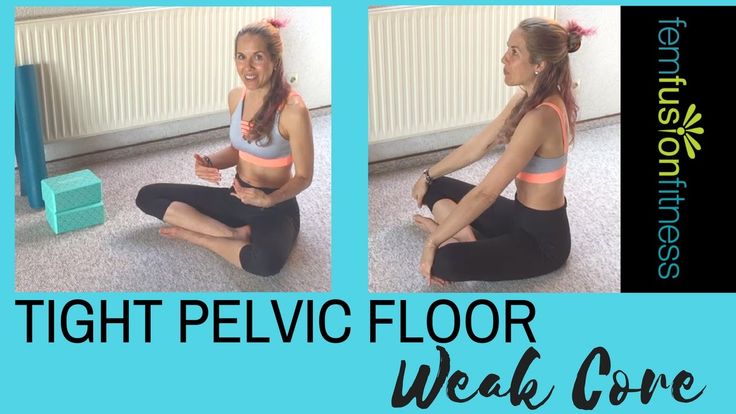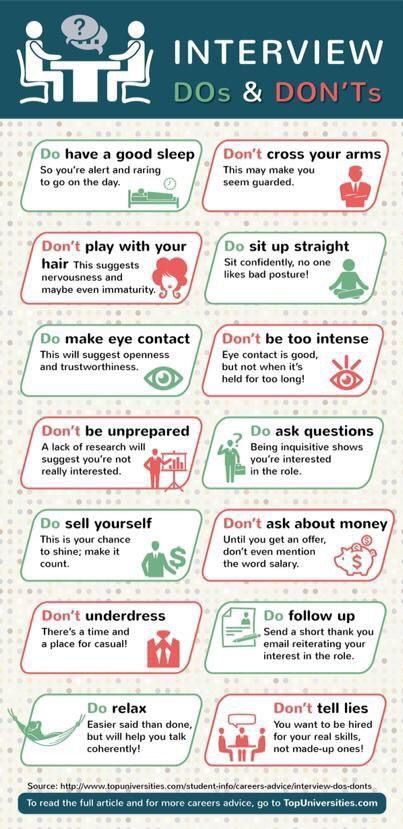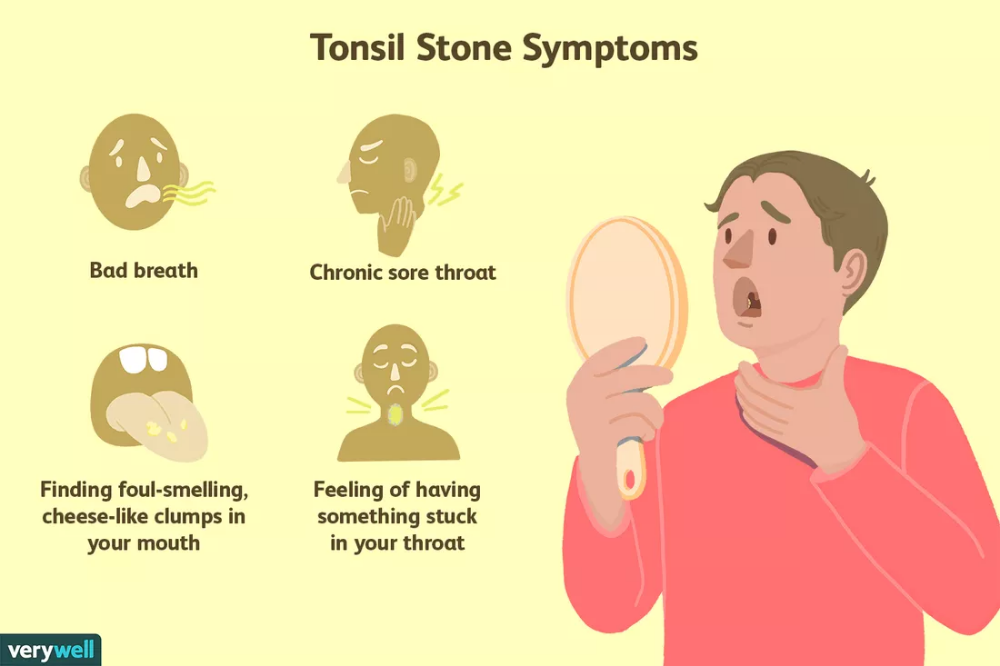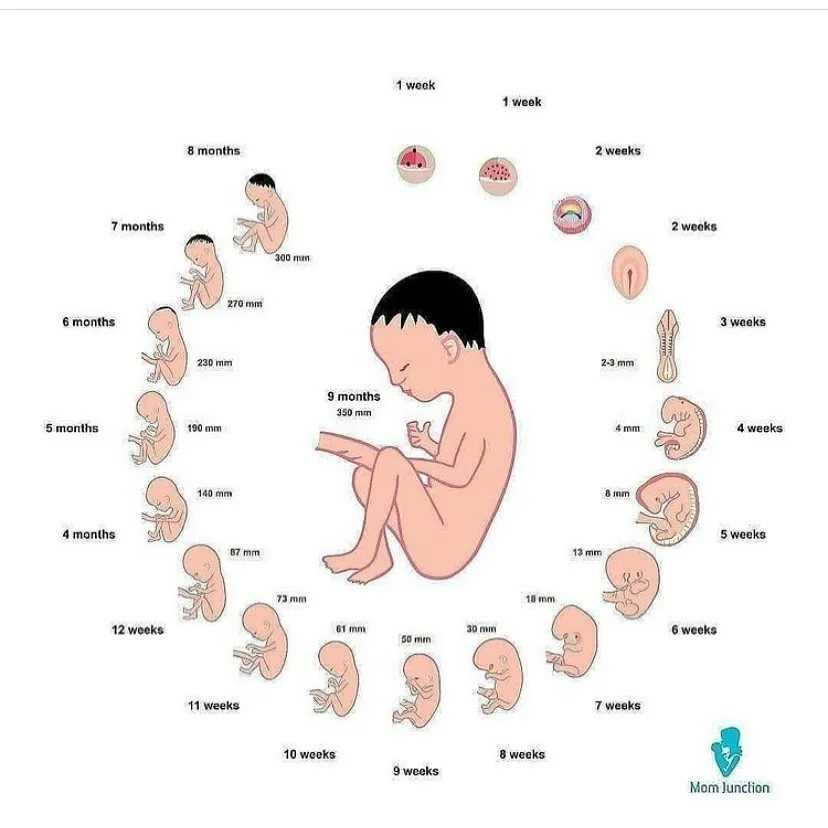When can i start doing crunches after c section
Exercise After A C-Section - MUST KNOW FACTS!
postpartum care postpartum exercise Oct 15, 2020
It is important you know how to exercise after a C-section and when you should start. It is also vital you are aware of what activities, movements and sports you can do, and which ones you must avoid after childbirth. So today, I want to chat about exercising after a cesarean.
Before you leave hospital, your treating health care professional (doctor, midwife) should give you information on exercises that will help you recover from your cesarean section (c-section).
The problem is that I know this only occurs in about 10% of the cases. Or, maybe less.
I work closely with a number of OB.GYNs.
And they are experts in what they do but postpartum exercise is not generally one. And fair enough.
Midwives are not prenatal or postpartum exercise experts. But hopefully they should recommend someone who is an expert as your postpartum recovery involves participating in an appropriate program.
Having a C Section is a Major Surgery
Please do not underestimate the physiological trauma your body has undergone, and don't let anyone make you feel like it's no big deal or an easy ride.
During surgery, the surgeon makes a horizontal incision just above the pubic bone, through five layers of skin, tissue, and muscle to reach the uterus, the amniotic sac, and your baby.
These layers include: The derma, or outer layer of skin, fat, fascia, the rectus abdominal muscle and peritoneum.
A transverse or side-to-side cut is more common, as this results in less scarring and chance of infection or complications. A vertical cut is usually now used only in emergency situations and can be slower to heal, with more scarring.
Scar Tissue
If you have had a C Section, there will be scar tissue. This is where the connective tissue is laying down and binding, to repair and heal.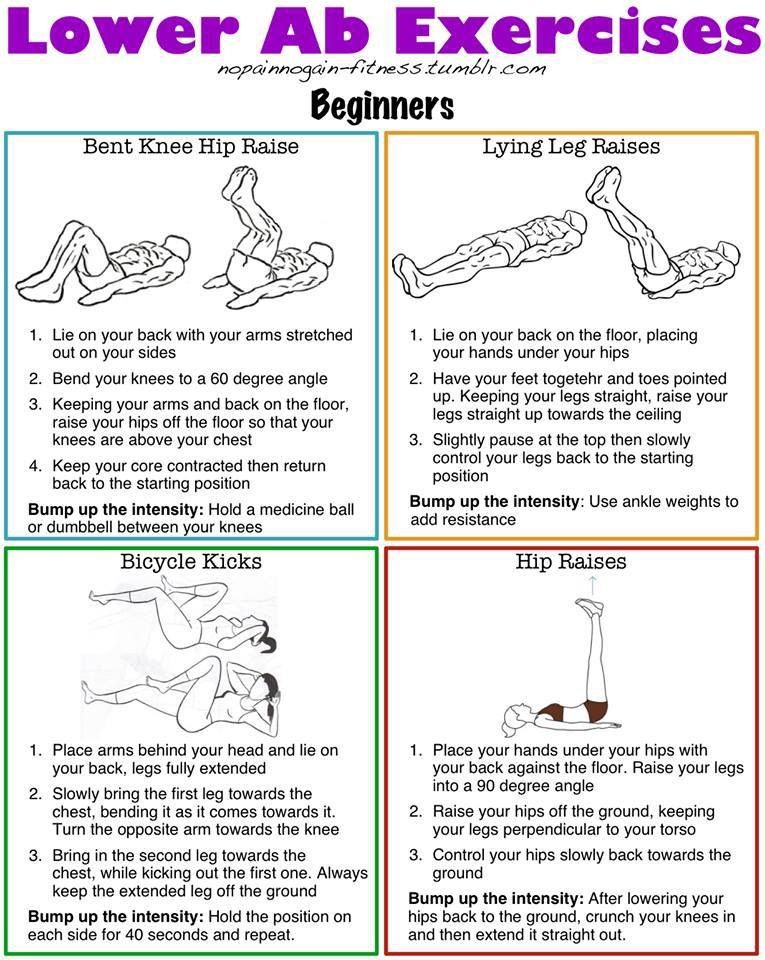 The process can result in tightness or pulling sensation around your scar.
The process can result in tightness or pulling sensation around your scar.
What Does This Do to Your Belly?
Layers of tissue are cut and then sewn back together, which creates scarring through multiple levels of tissue of your abdominal wall.
This scarring affects the muscles's ability to glide over the top of each other during muscle contraction. The result is weakness and a lack of stabilization.
If you have had more than one C Section, then your abdomen may not have repaired completely before your body went through the whole process of pregnancy and surgery again.
As a result, if you return too fast to exercising after a c section then you can cause some serious harm.
If you participated in a regular prenatal fitness training program which had a focus on core strengthening; then you will be starting with stronger abdominal muscles will help with recovery.
By strengthening the deep muscles of your core and pelvic floor during pregnancy will give you the 'muscle memory' to make it easier to do the exercises after the birth.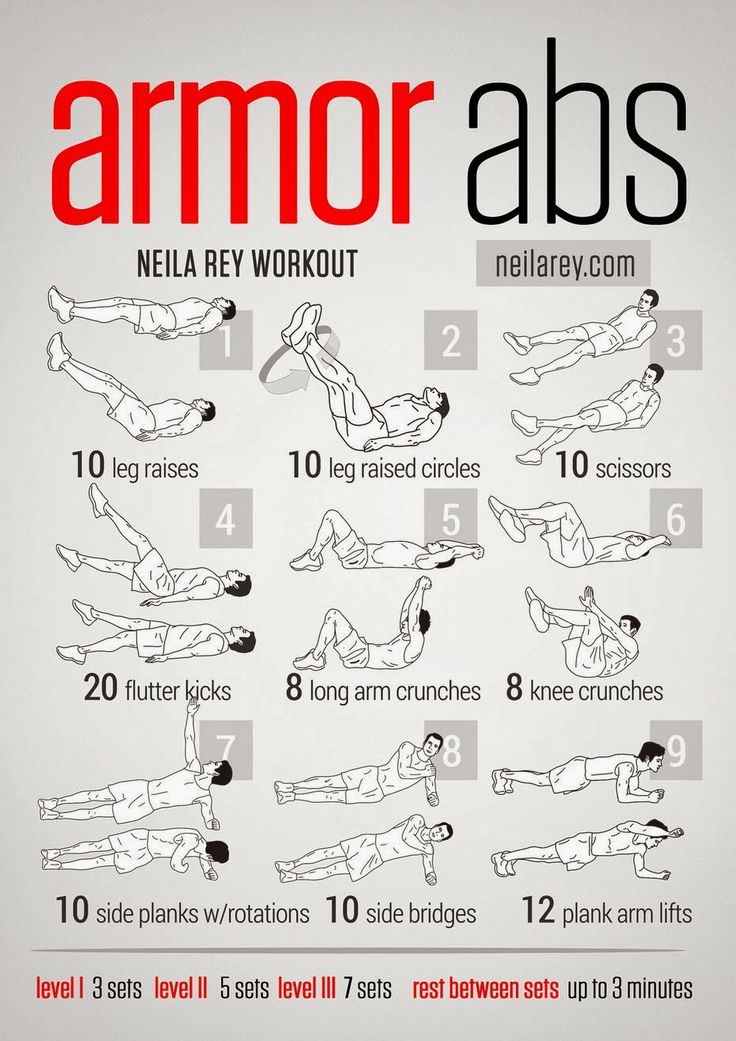
Does Massage Help Scar Tissue?
Yes, but the right type of massage. Massage can help relieve this and aid comfort and healing. What you need to do is to rub and massage the skin gently between your fingers around the scar. This will aid in the break down of the scar tissue.
Can Exercise After a C-Section Help with a Speedier Recover?
I know first-hand that participating in a postpartum exercise program will help you recover after childbirth, make you stronger and improve your mood.
Regular exercise after you've had a baby will strengthen and tone your muscles and raise your energy levels so you feel less tired. Of course, it will get you back on track to losing baby weight and feeling fit again.
And how soon you're ready to start exercising depends on your individual circumstances. But please, dedicate some time right now to looking after your health and wellbeing. Core strength training or weight loss should not be a goal until you have fully healed and recovered.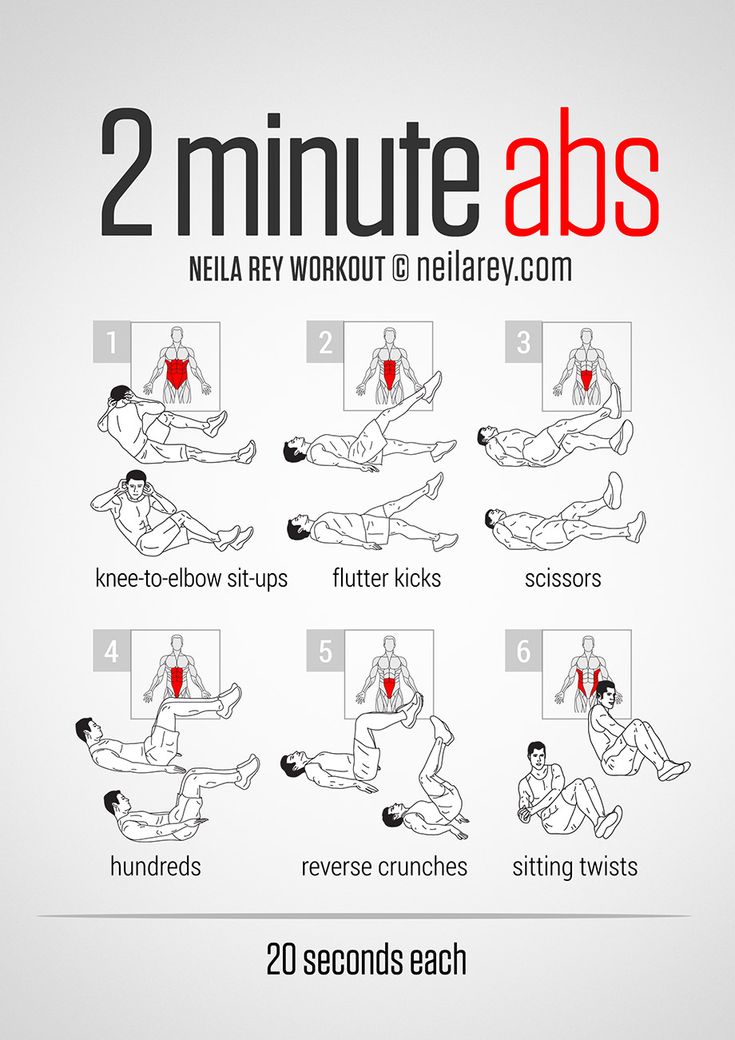
Once given the all clear, you should try to start moving when you are able to get out of bed. Your first goal is to start with gentle walking as this will help you recover from your surgery.
What if You Had Complications?
If you had any complications during pregnancy or birth, or you have any medical problems, your doctor or physiotherapist will advise you what exercises after a c-section you can or cannot do.
Do Pelvic floor Exercises after a C-section Help?
Yes. If you participated in my pregnancy health and fitness program, then you would have been doing your pelvic floor exercises every week. And this should be paying off right now as you have strengthened your pelvic floor muscles.
After your c-section, you can start to exercise your pelvic floor once your catheter has been removed and as soon as you feel ready. The primary purpose of these exercises is to help strengthen the muscles that support your womb, bowels and bladder. This may help you manage any problems with leaking urine.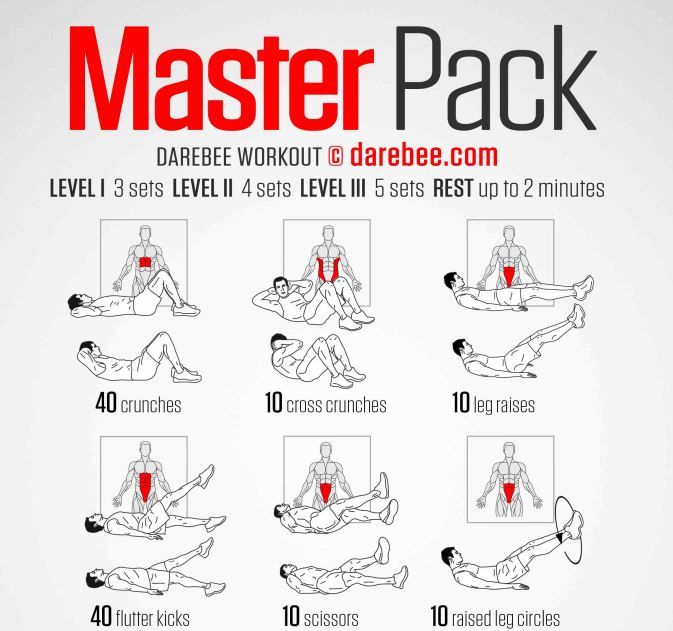
Abdominal Exercises after a C-section
The right core exercises will help to strengthen the muscles in your abdomen. This will help you to protect your spine and have good posture.
Please avoid any planking or those dangerous old traditional sit-ups. Yes, I still see some trainers online getting their clients doing these. But they will only do you more harm so please avoid them.
The type of exercise after a c-section is what matters most.
You do not want to jump straight back into a rigorous training program. Your body is healing and recovering postpartum so you need to respect that.
You can start 'relaxation sessions' right away and then a fitness plan that consists of appropriate postpartum exercises and movements. But avoid any ballistic exercises or movements that cause damage to your healing stomach.
The Importance of Core Exercises
You need your core for many daily movements including pulling, pushing, standing up, sitting, moving, twisting, bending or turning.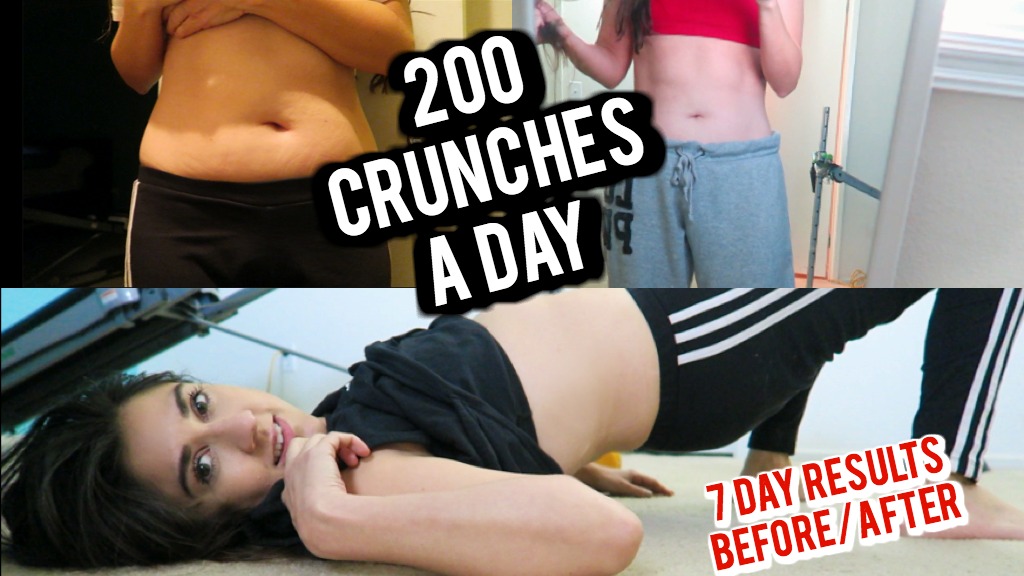 Your core is connected to the muscles of your pelvic floor. And as you know a strong pelvic floor will help to prevent you from wetting yourself or having a prolapse.
Your core is connected to the muscles of your pelvic floor. And as you know a strong pelvic floor will help to prevent you from wetting yourself or having a prolapse.
When Can I Start?
If you are not sure, then wait until you've had your 8 or 12 week postnatal check with your GP before commencing a more intensive fitness program. And to be honest, for your first 12 weeks you should only participate in safe gentle postpartum exercises. Going hard too soon must be avoided.
Avoid any high-impact exercises, such as aerobics, running and resistance or weight training.
Once you have recovered from your c-section and no longer have any pain, it is usually safe to start low-impact exercises, such as swimming, postpartum Pilates, yoga, light jogging and low resistance gym work.
Watch Out for Diastasis Recti
Before you do any exercise, check for diastasis recti. This is when your abdominal muscles separate. It happens to every pregnant woman. However, for some women, these muscles do not merge back together as quickly which will impact on how and when you exercise postpartum.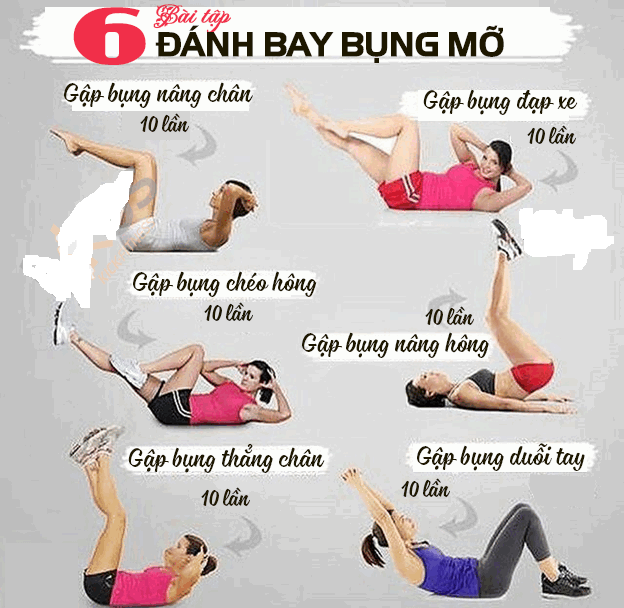
Care must be taken to work those muscles to avoid widening the gap further. There are exercises you can do to handle it, and you shouldn't do any other abdominal exercises until you do the ones that can help diastasis recti go away.
How to Do a Self Check for Diastasis Recti
Can I Exercise in the First Six Weeks after C Section
During this life-changing period as a new mama, you will be experiencing a lot of emotions and post pregnancy body changes. During this period, you should not be doing any high-impact intensive exercise. You should be focusing on your breathing and re-connecting your your tummy and your pelvic floor.
Exercise as you once knew it is different now. So the answer to this question is that you should not participate in any vigorous exercise and you must know what exercises to avoid. But once your core has healed, you can start with some appropriate, safe postpartum exercises.
The problem I have found is that most new mamas do not know what these exercises are. This is why I created my Core Rehab for Mamas program.
Exercises To Avoid After C-Section
You should avoid planks, crunches, sit-ups, twisting movements, and push-ups in the first twelve weeks after starting to exercise again. It is vital that you only start exercising once your core has healed from the surgery. And when there is no clear sign of diastasis recti or any pressure on the abdomen when doing core work.
I want you to avoid curling the front of your body as this only encourages further separation of the abdominals (increasing diastasis recti) and it will prevent you from properly recovering. You need to build-up your core stability before progressing to more challenging abdominal or core exercises.
Core Exercises to Avoid Right After a C section Include:
1. Planks
2. Twisting movements that put strain on abdominal tissues
3. Lifting heavy objects
4.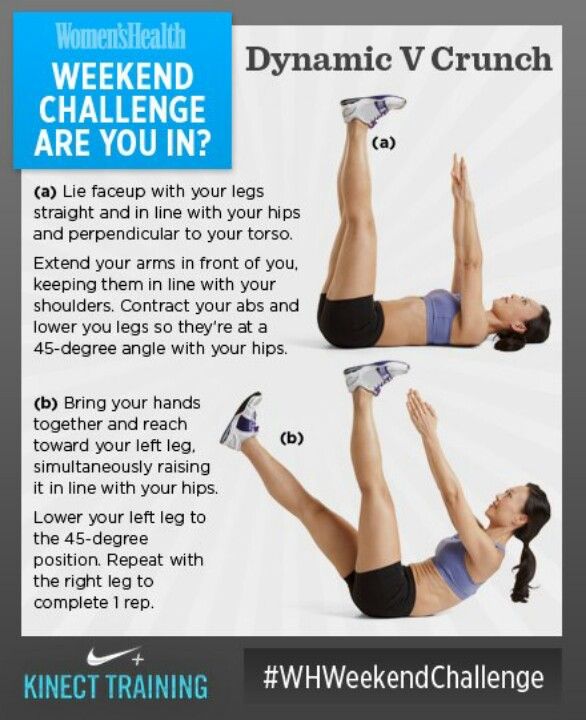 Push-ups on a flat ground
Push-ups on a flat ground
5. Jumping
6. Leg raises
7. Sit-ups
This is Me.
I want to show you how I looked at 12 weeks pregnant and then again 10 weeks postpartum. Scroll down a little further and you will see me each week of my first 7 weeks after childbirth.
How To Get Rid Of Hanging Belly After C-Section
What about that c-section pooch? How can I get that flat stomach after a C-section? What can I do to get rid of my preggie belly?
Are these the questions you are asking? You're not alone.
First I want you to understand why you have this belly post-birth. Then, I have listed some positive lifestyle habits you can start to 'action' that will help you to get rid of that hanging belly after a c-section.
I wrote a really informative post titled 'Why Do I Still Look Pregnant' which I want you to read so you can understand why you continue to look pregnant well after childbirth.
Every mama gets this after a c-section.

The frustrating part for you may be that you find yourself stuck with these 'tummy shelves' for a good while others will be slim and return to their pre-pregnancy belly quite quickly. Genetics, leftover scar tissue development all play a role in how you recover.
What I want you to do is not compare yourself to others. Forget the 'Yummy Mummy' guilt trips put on us by various media and people. This is why our PregActive family is there to support every woman throughout their recovery and encouraged to avoid the outside noise.
This is Me during My 7 Weeks Postpartum Recovery
Is there an Exercise After C-Section To Reduce Tummy?
Why do so many new mamas search for tips for reducing belly fat after a C-section? I want you to be kind to yourself. You have brought new life into the world and your body has changed dramatically throughout pregnancy and also now after childbirth.
I do get it why you may want to reduce your tummy or belly fat. What I want you to do is accept that it will take time and you need to do it the right way. Doing the wrong exercises will only cause more harm, increase your ab separation, and delay your recovery.
Doing the wrong exercises will only cause more harm, increase your ab separation, and delay your recovery.
Here are some tips to help you get started. It's about making the right lifestyle choices, setting realistic goals and progressing slowly.
For you, if you follow these tips, your belly pouch will go away or at least subside to the degree that makes you more comfortable with your body. There are other options you can discuss with your doctor if you require further assistance.
1. Get Moving by Walking
As I have already mentioned, when you have a C-section the surgeon cuts through some of your stomach muscles which can result in a pouch of fat on your tummy. What this can do to your body is to cause stress on your abdominal muscles and Pelvic floor.
So, first heal and recover before you start exercising. When you can, I recommend that you get moving by walking.
2. Massage May Help
Once approved, you can safely get a post-pregnancy massage from a qualified therapist.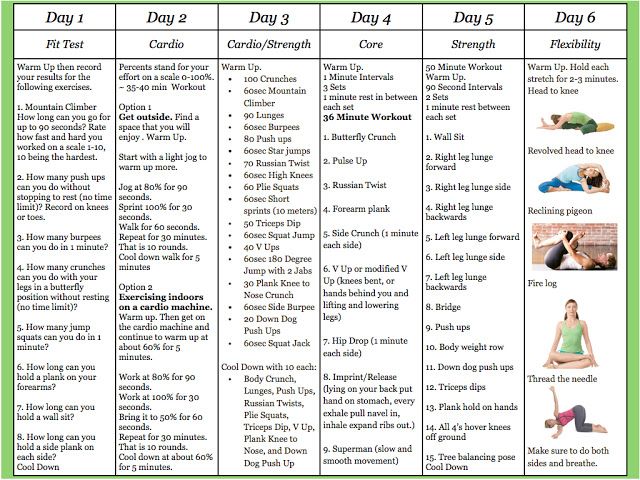 Massage may help break-up belly fat and to help lose fluids from the lymph nodes, thereby reducing your waistline. But please don't think that massage will just work in getting rid of your belly fat.
Massage may help break-up belly fat and to help lose fluids from the lymph nodes, thereby reducing your waistline. But please don't think that massage will just work in getting rid of your belly fat.
Make sure that during your recovery the therapist avoids the abdominal area and focuses only on the back, hands, and legs. A qualified therapist will know what they can and can't do.
3. Drink Lots of Water and Fluids
Drinking water will help to maintain the fluid balance in your body and also burn the excess fat around your waist. You need to stay hydrated!
4. Start Eating Healthy Foods
Eating healthy as a new mama starts by making sure your diet is rich in carbohydrates, low in fat and loaded with the required vitamins and minerals. Eat more fruits, vegetables and lean protein. Avoid sweets, high saturated, fried foods and soda (soft) drinks.
5. Breastfeeding
Did you know that breastfeeding burns approximately 500 extra calories a day? And that it also releases the oxytocin hormone that stimulates uterine contractions, and helps your uterus get back to its pre-pregnancy size.
The American Pregnancy Association says breastfeeding burns off as many calories as 45 to 60-minute run!
6. Get Adequate Sleep
I know, you just laughed at the suggestion you get sleep with a new born who is demanding your attention all hours of the day. I want you to aim for at least 5-6 hours of sleep. Just do your best during this difficult time.
Can I Do Yoga to Reduce Tummy Fat?
Yes, when the time is right (6-8 weeks after delivery), you can practice yoga after a C-section to reduce tummy fat. I love yoga and I have been teaching it for the past fifteen years. Yoga helps to tone and strengthen the stomach muscles. It can also help you to deal with stress and changes. But there are many moves and poses that involve twisting, bending backwards that must be avoided.
When Can I Start Doing Crunches After C-Section?
The quick answer to this is 'You have to wait until your core is healed!' I never advise crunches until I can see no clear sign of diastasis recti or any pressure on the abdomen when doing core work. This can be anywhere from eight to 12 weeks after being cleared to workout from your doctor.
This can be anywhere from eight to 12 weeks after being cleared to workout from your doctor.
If you return to exercising too quickly you can cause an opening of the incision and other complex medical problems. Heal - Recover - then you can start working out!
Can I Do Squats After C-Section?
How soon you can do squats after giving birth is highly individualized. When i say squats, I don't mean squats in the gym using a barbell. I'm referring to body-weight squats. Again, there is no one answer for all as you will be ready to do squats once your core has healed.
When Can I Start Walking After C-Section?
Your doctor will want to get you up walking as soon as you can. They will not want you to be bed-ridden for a long period of time due to the risk of clotting. So walking will start soon after childbirth.
With regards to walking to get fit; it starts when you're home and you start to take baby for a walk in the pram (pusher). Start slowly and increase the distance progressively.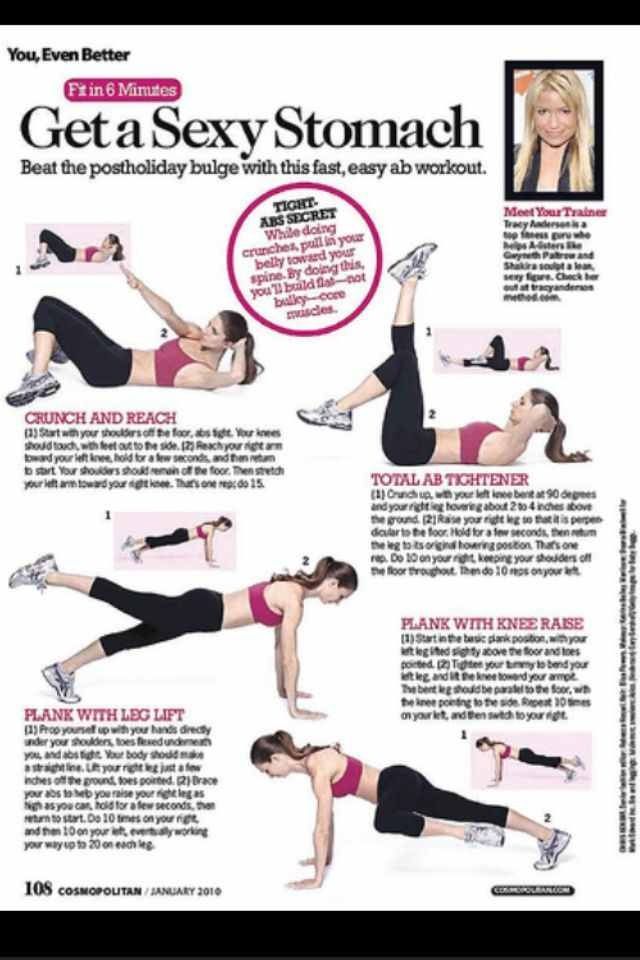
After 6 to 8 weeks, you will still be healing inside so this is when your walking speed and distance can increase. Please stop if there is any discomfort, pain or a pulling sensation on your scar and try again a couple of weeks later.
What are Some Low-risk Exercises for Mamas?
The following exercises are suitable once you have healed your body:
1. Postpartum yoga
2. Pilates
3. Walking
4. Swimming and aqua aerobics (once the bleeding has stopped)
5. Low-impact aerobics
6. Light weight training
7. Cycling
The Takeaway About Exercise after a C-section
Performing core exercises are beneficial following a cesarean delivery. But ONLY once your body has healed which could be anywhere up to 12 weeks post pregnancy.
Immediately after birth, start with walking, your pelvic floor exercises and gentle movement. And once your doctor has given you the all clear to start exercising, then my Core Rehab for Mamas should be your first step to getting back into a safe postpartum exercise program.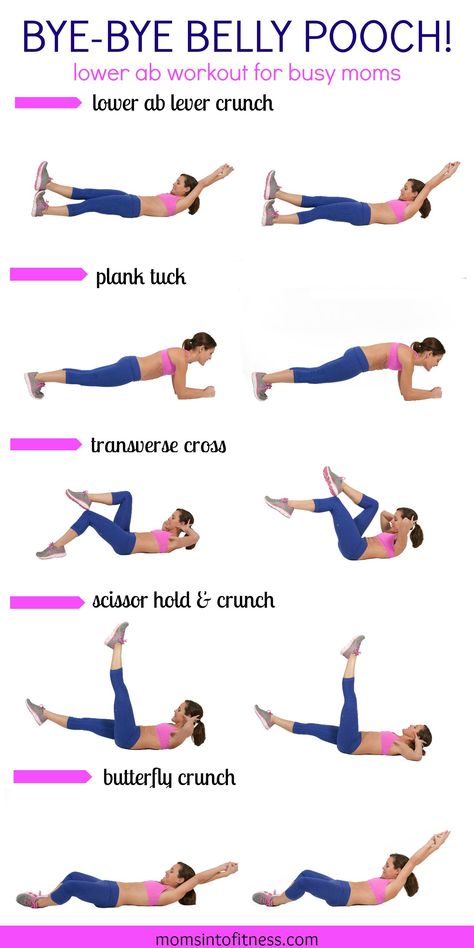
Finally, once you have completed this, then you can progress to my Strong Mama Challenge where we have an amazing group of women who inspire one-another to lose baby weight and become a fit and strong mama for life!
When Can I Exercise After C-Section?
You welcome your child into the world and spend your first few weeks together bonding around the clock. But once you slowly start to get back to your routine (or a revised version of your routine, #helloparenthood!) one of the things you may be wondering about—perhaps even craving—is exercise. But when is it safe to start exercising again?
Perhaps unsurprisingly, that question is a lot more complicated if you underwent a cesarean section during childbirth. While c-sections may happen every day, they count as a major surgery. And surgical wounds need time to heal.
Still, that doesn’t mean you have to give up exercise after c-section. It just means that you have to be a little patient with how long you should wait and what you can do. Read on for the best types of exercise after c-section, exercises to avoid after c-section and, most importantly, how to know when you’re body is ready for it all.
Read on for the best types of exercise after c-section, exercises to avoid after c-section and, most importantly, how to know when you’re body is ready for it all.
In this article:
When can I exercise after c-section?
Best types of exercise after c-section
Exercises to avoid after c-section
How to flatten a tummy after c-section
When Can I Exercise After C-Section?
If you’re wondering, “when can I exercise after c-section?,” take heart: You won’t have to wait too long. “A c-section is an abdominal surgery, so six weeks is the minimum you should wait,” says Nazneen Vasi, PT, a physical therapist and owner of Body Harmony Physical Therapy in New York City.
But just because you’ve hit the six-week mark doesn’t necessarily mean you’re ready to resume exercise after c-section. “It’s imperative to go to the OB and get an okay prior to commencing physical therapy or exercise," she says, "because there can be complications, including slow healing at the incision site or an infection. ”
”
After six weeks, if you get your doctor’s approval and you’re feeling good, Marianne Ryan, a New York City-based physical therapist and author of the book Baby Bod: Turn Flab to Fab in 12 Weeks Flat, suggests assessing your strength with the Straight Leg Raise Test.
To do this, you must be lying down with both legs straight out. Gradually lift one leg, making sure to keep your back flat on the floor. If you feel pain while raising the leg—specifically in the region of the incision—it’s too soon to start exercising. You can repeat the test weekly until you feel no pain, at which point, you can start gentle exercises (see more on that below).
Both Ryan and Vasi suggest seeing a physical therapist who can help guide your way. “A PT can assess the abdominal and pelvic muscle tone and strength, and offer guidance about proper techniques,” Vasi tells The Bump.
Best Types of Exercise After C-Section
Walking after c-section? Running after c-section? Planks after c-section? No sweat—just give it a minute.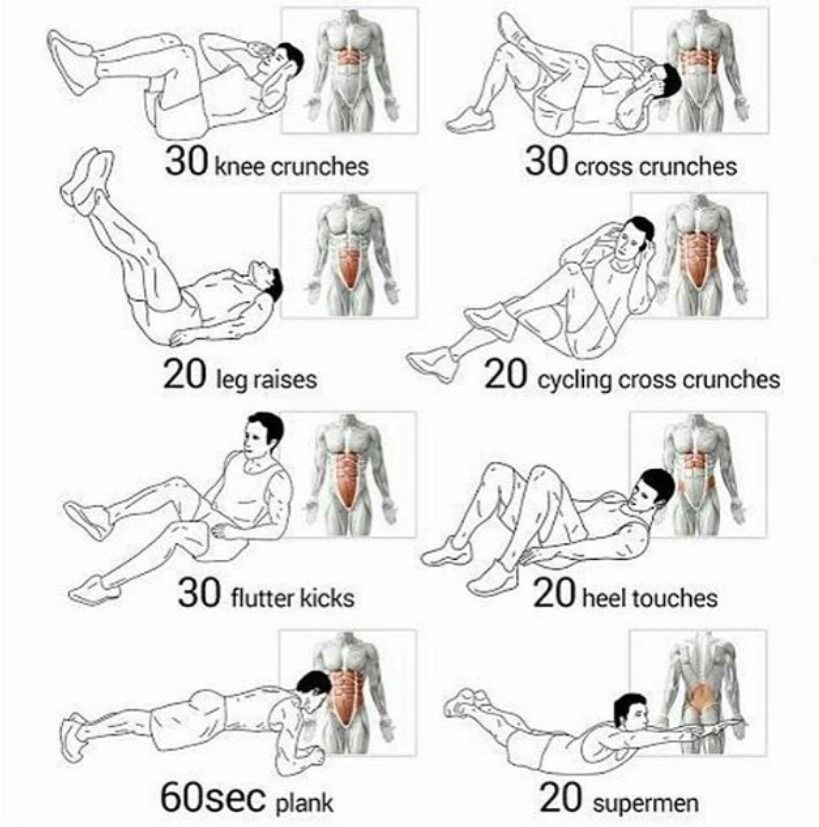
Vasi says that in her opinion, a healthy woman with no complications can generally start running, swimming and doing yoga six weeks after surgery. Ryan, however, believes that to ensure the health of one’s pelvic floor, it’s better to wait a full three months.
The fact of the matter is, every woman heals at a different rate, so it’s best to assess how much pain you’re feeling at the site of the c-section incision. One way to tell if you’re fully healed, according to Ryan: The Jumping Test. Standing with a full bladder and feet shoulder-width apart, jump up and down 20 times, then cough five times. If you don’t leak any urine or feel any pain, then you should be ready to gradually return to more vigorous sports.
But before any of that happens, you should start with low-pressure fitness, specifically for the muscles of the abdominal wall. (That’s where the tightening up comes in!) Vasi also recommends Gyrotonics, a series of gentle exercises using dials, pulleys and weights that’s said to promote a quicker recovery after childbirth.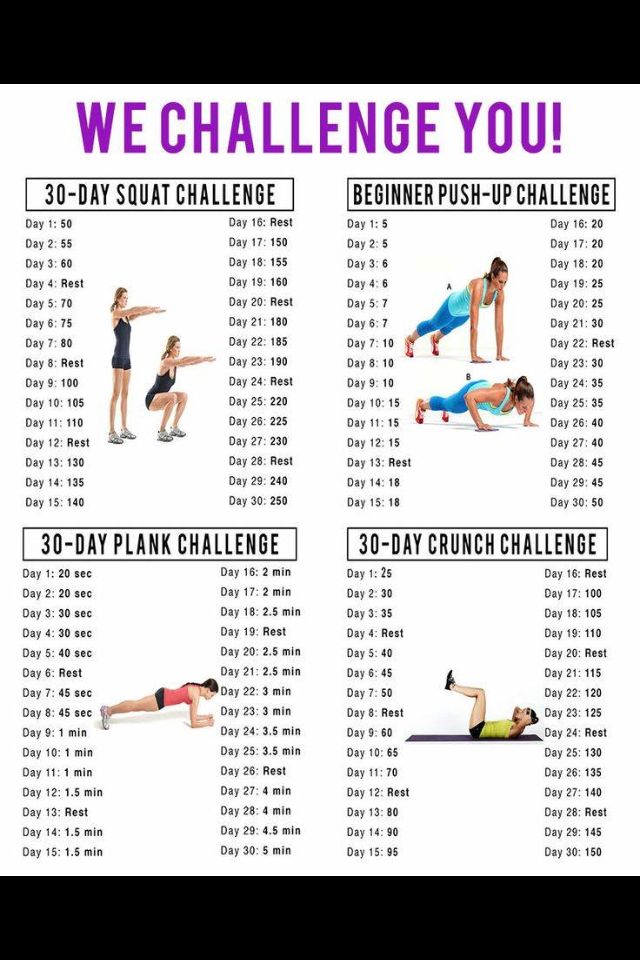
The moral of the story: You’ll be able to return to your favorite exercises soon. You just need to give yourself the time to heal properly—your body will thank you in the long run!
And if you simply aren’t sure, ask for professional help. “I would advise consulting with a PT trained in women’s health to assess the muscles and plan an exercise protocol for the patient tailored to her needs and physical status,” says Vasi.
Exercises to Avoid After C-Section
As for what exercises to avoid after a c-section? Crunches and curl-ups top the list, Vasi says. She explains that while they’re not unsafe per se, she would avoid them all the same, especially if a woman has diastasis recti (when the large abdominal muscles separate). Women with abdominal separation should absolutely consult a physical therapist before post-op exercising.
Vasi also notes that you should avoid running if you have incontinence or organ prolapse. If you’re dealing with either, a physical therapist can advise when and how you can get back into running.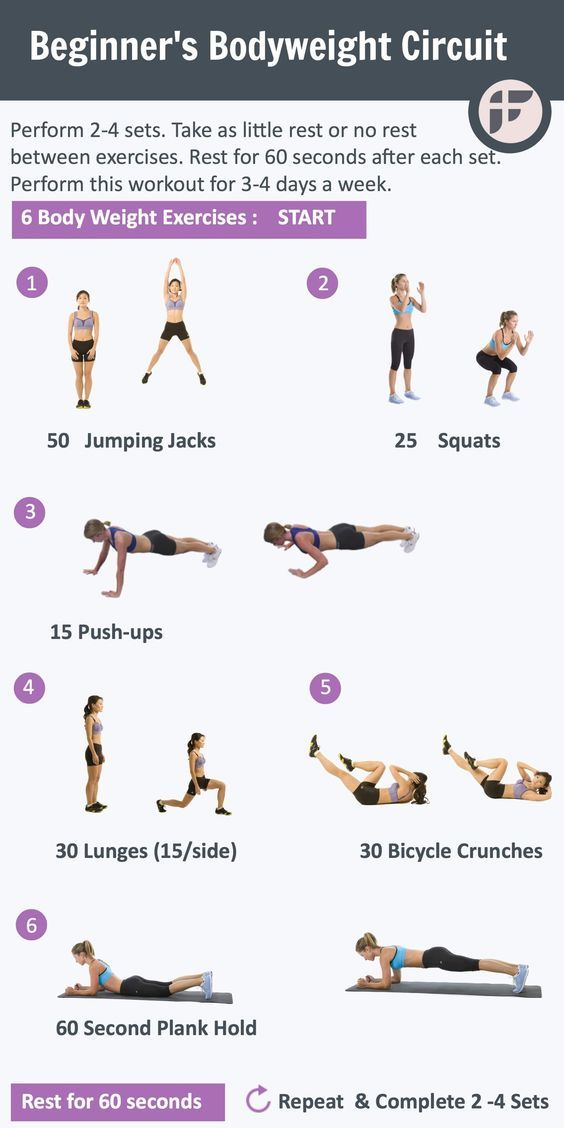
Avoid doing full planks (with the legs straight) right after delivery. Instead, try starting with half planks, with the knees bent first. Why? “It’s rare that I see people doing them correctly—including athletes!” she says. And done incorrectly, they can do more harm than good.
How to Flatten a Tummy After C-Section
And now for the question on all of your minds: What’s the quickest way to flatten a tummy after having a c-section? Ryan recommends the following four exercises:
• The Bridge. Lay on your back with your knees bent and your heels up (toes aimed toward the ceiling). Then raise your pelvis so your shoulders, hips and knees are aligned. Pulse your pelvis five times before returning to the mat.
• The Tabletop. Begin on all fours and turn your hands in toward each other. Keep your hips over your knees and your shoulders over your hands. Bend your elbows slightly, tuck your chin in a bit and move your body forward so your breasts are over your hands.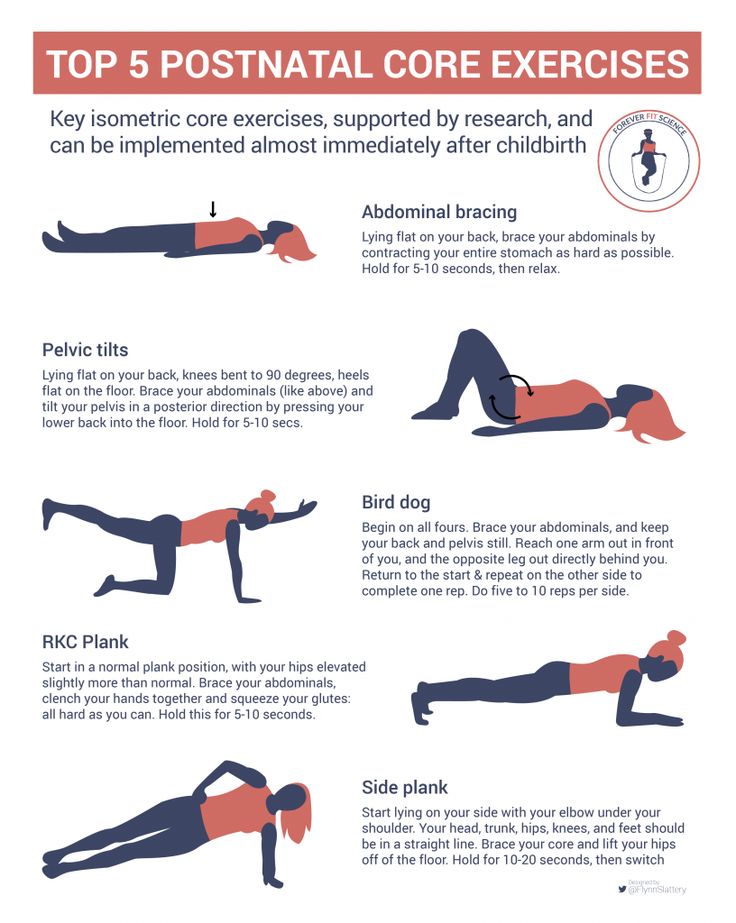 Then take a deep breath in so your ribcage expands laterally. Exhale. Hold this position for 15 seconds. You want to work your way up until you can do 30-second intervals, twice in a row.
Then take a deep breath in so your ribcage expands laterally. Exhale. Hold this position for 15 seconds. You want to work your way up until you can do 30-second intervals, twice in a row.
• Slide-Leg Glides. Start by lying on your side with a pillow under your head for support. You want your entire spine, from your head down to your buttocks, in a straight line. Make a fist with your upper hand and press it into the floor in front of your tummy. Roll your hips forward a bit so they are stacked on top of each other. Bend your bottom leg so your knee is at a 90-degree angle. Lift your top leg up to hip height, and glide your leg forward and then back into a straight line with your body. Repeat this 15 times with each leg for one set.
• Knee Touchdowns. Start this move in the same position as the side-leg glides; on your side with your knees at a 90-degree angle. Then lift the foot of your upper leg so it’s facing toward the ceiling. Keeping your knee bent, bring your knee down and slightly forward so you can touch the floor with your knee, then extend that leg back up until it’s aligned with your body and above your hip.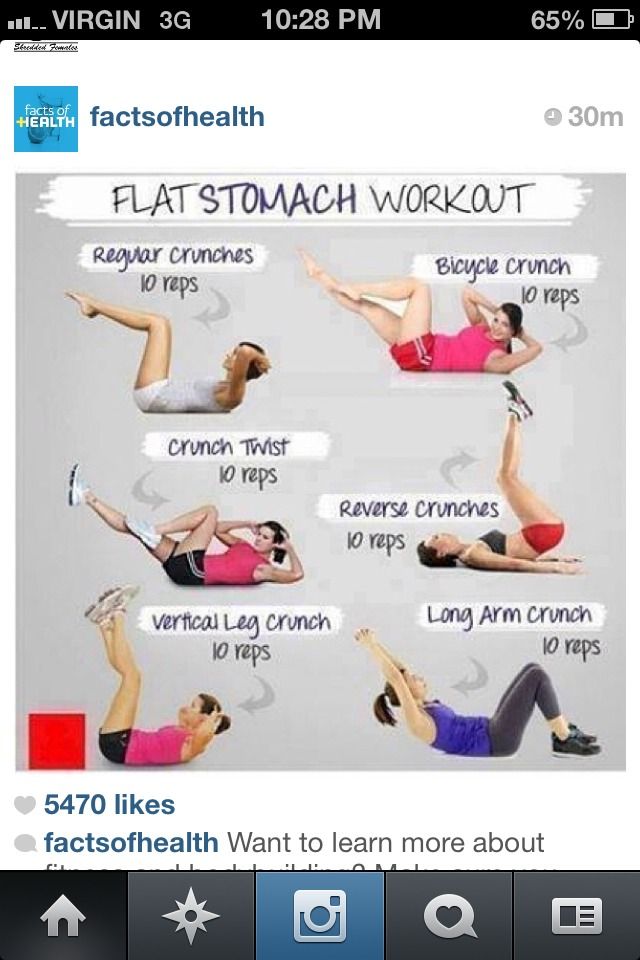 Repeat this 10 times with each leg.
Repeat this 10 times with each leg.
Of course, Ryan points out that all of these are useless if your form is off. You need to be properly aligned, breathing correctly and engaging your core, which should feel as if your lower tummy is gently stiffening (without forcing it!). That’s what will flatten your tummy and strengthen your body postpartum.
To see Ryan in action and working with a patient on these exercises, you can watch this video.
Updated March 2020
Expert bios:
Nazneen Vasi, PT, DPT, PRPC, is a physical therapist and owner of Body Harmony Physical Therapy in New York City, with a focus on prenatal and postpartum care for women. She received her PT degree with a concentration in neurology from the Krannert School of Physical Therapy, Indianapolis in 2005.
Marianne Ryan is a New York City-based physical therapist who specializes in prenatal and postpartum physical therapy. She’s also the author of the book Baby Bod: Turn Flab to Fab in 12 Weeks Flat.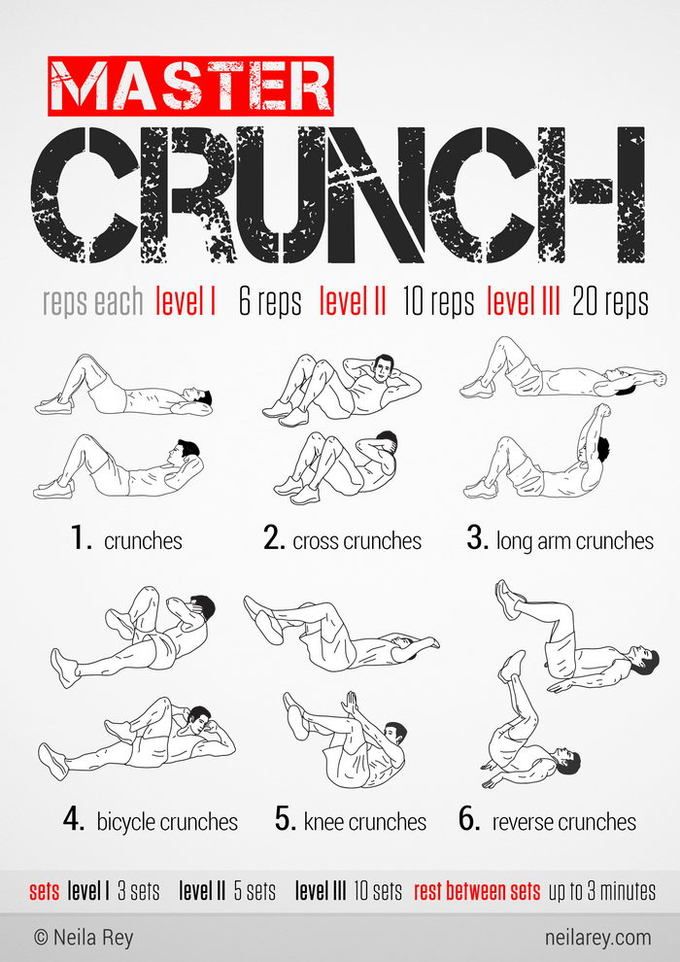
Please note: The Bump and the materials and information it contains are not intended to, and do not constitute, medical or other health advice or diagnosis and should not be used as such. You should always consult with a qualified physician or health professional about your specific circumstances.
Plus, more from The Bump:
What to Expect During Your C-Section Recovery
Postpartum Recovery: When You’ll Be Able to Do What When
10 Best Postpartum Workout Moves for New Moms
90,000 when can you start, so as not to harm your health?January 10, 2020
July 3, 2020
3 minutes
10046
ProWellness
Contents
- What happens during a caesarean section?
- Getting started
- Features of the first training
- What is forbidden while the stitches heal?
Disclaimer
Please note that all information posted on the site Prowellness is provided for informational purposes only and is not a personal program, a direct recommendation for action, or medical advice.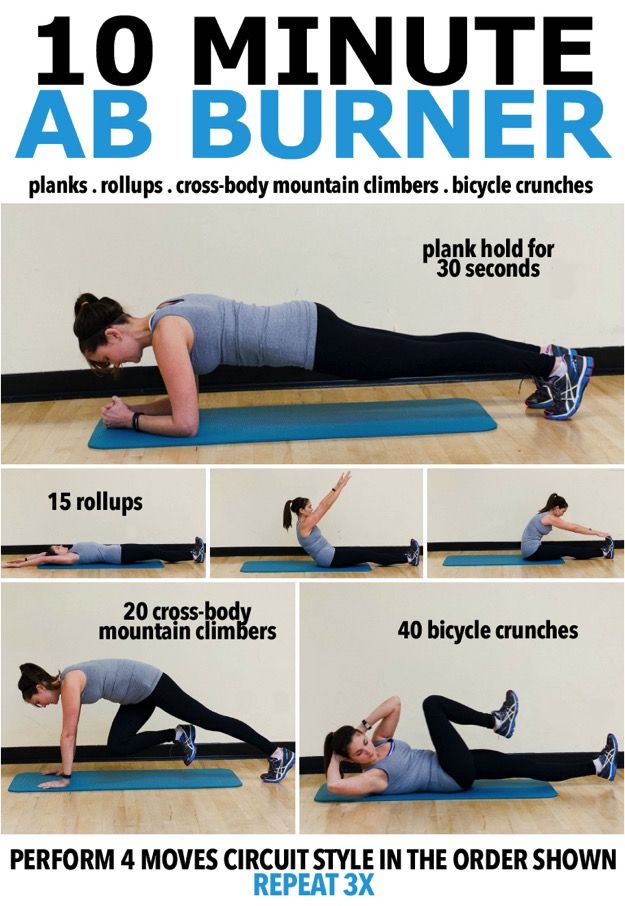 Do not use these materials for diagnosis, treatment, or any medical procedure. Consult your physician before using any technique or using any product. This site is not a specialized medical portal and does not replace the professional advice of a specialist. The Site Owner is not liable to any party who has suffered indirect or direct damage as a result of misuse of materials posted on this resource.
Do not use these materials for diagnosis, treatment, or any medical procedure. Consult your physician before using any technique or using any product. This site is not a specialized medical portal and does not replace the professional advice of a specialist. The Site Owner is not liable to any party who has suffered indirect or direct damage as a result of misuse of materials posted on this resource.
Sports after caesarean section: when can I start in order not to harm my health?
An active lifestyle is good, but there are some restrictions on physical activity after certain surgeries and health problems. Some young women ask if they can exercise after a caesarean section and when they are allowed to start exercising.
What happens during a caesarean section?
This is a surgical intervention that is performed to extract the child. The procedure is always performed under general anesthesia and in 4 stages:
- Incision of the abdominal wall (except for the abdominal muscles, which are simply pulled apart) and uterus.
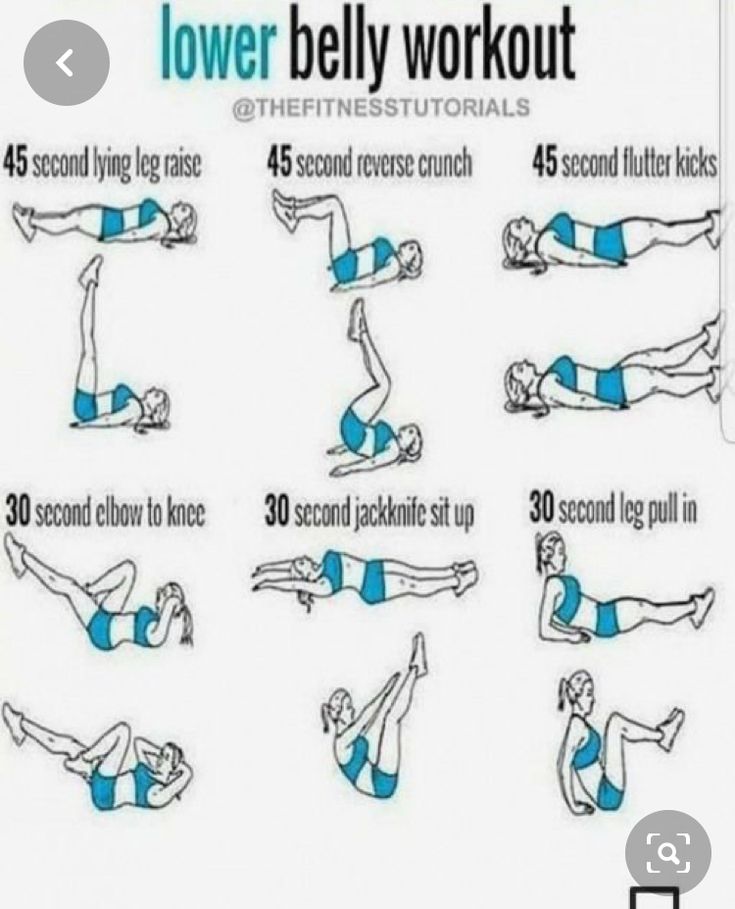
- Removal of a child.
- Cleaning the uterus from the placenta.
- Suturing.
This is a serious abdominal operation. In the early days, any physical activity is prohibited. Starting from day 10, you can start light exercise after consulting your doctor.
Beginning of classes
Starting from the tenth day, with the approval of the doctor, the first loads in the form of walks should be included in the regimen. You should do squats, bends, light exercises. The first days after the operation, the load will not be quite familiar: the child needs to be carried, rocked, fed. This will give the necessary activity, sufficient for the first days after cesarean.
If there are no complications, light gymnastics is acceptable, but without stress on the press. When a young mother walks with her child, she keeps her active by moving in the fresh air.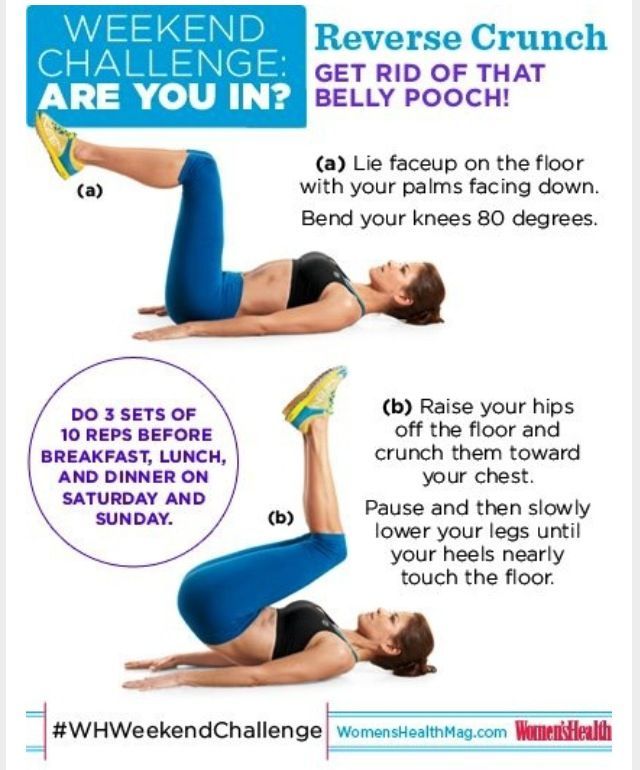
Attention! Active training after caesarean can be started at 6-8 weeks if there are no complications.
Features of the first training
Approximately 2 months after the joyful event, you can start training.
An important rule: the load must be increased slowly, with a gradual increase. Do not perform heavy, intense exercises. It is permissible to start with the following complexes:
- Pilates is a selection of leisurely exercises for all the muscles of the body without impact loads, which are safe for the abs and back.
- Water aerobics. The workouts are performed in the pool, giving optimal and smooth activity to the whole body.
- Yoga. It has a positive effect on the entire body, but you should not perform too complex exercises after a cesarean - increase activity gradually.
Attention! When six months have passed after the intervention, you should visit a gynecologist.Then you can include dancing or aerobics in your workouts. After 8 months, it is allowed to start loading on the press, running.
What is prohibited while the stitches are healing?
Until the stitches are completely healed, there are sports that are strictly prohibited:
- active cycling;
- running - these workouts affect the heart and are harmful after anesthesia;
- weightlifting;
- professional tennis;
- volleyball.
Attention! Any of these sports can adversely affect the healing of stitches, provoke bleeding, and cause complications.
As for other types of loads, during training it is necessary to observe your feelings. There are several symptoms that indicate the need to stop exercising:
- dizziness and other signs of feeling unwell;
- the seam has come apart;
- there was a discharge from the suture or vagina;
- pain in the lower part of the abdomen.
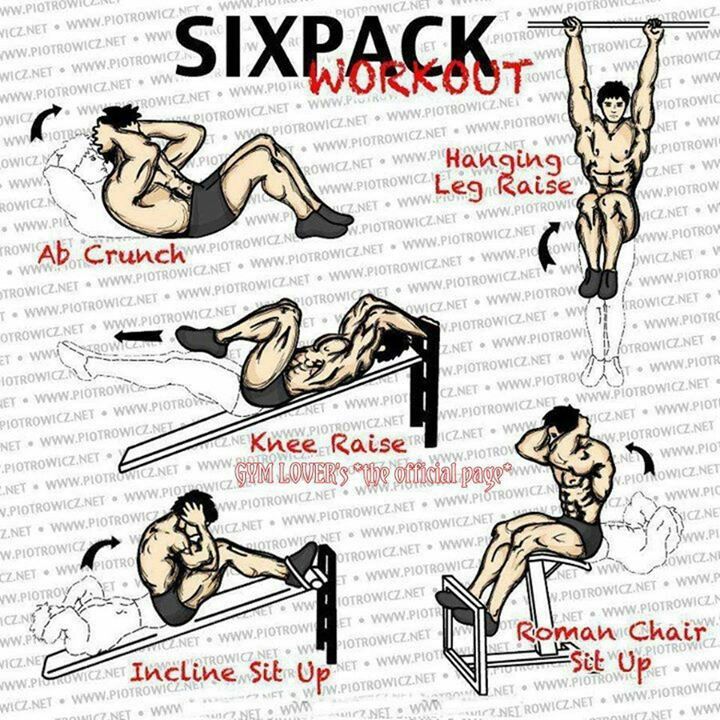
If you feel unwell for a long time, you should consult a doctor.
Motherhood, even with the help of an operation, is a joyful event. You don't have to limit yourself. Regular, adequate exercise will help you recover. The main thing is to listen to the body and not overdo it.
Disclaimer
Please note that all information posted on the site Prowellness is provided for informational purposes only and is not a personal program, a direct recommendation for action, or medical advice. Do not use these materials for diagnosis, treatment, or any medical procedure. Consult your physician before using any technique or using any product. This site is not a specialized medical portal and does not replace the professional advice of a specialist. The Site Owner is not liable to any party who has suffered indirect or direct damage as a result of misuse of materials posted on this resource.
Expert: Anton Losev Ambassador / fitness expert of the Siberian Wellness company
Reviewer: Ekaterina Vorobieva Adept of a healthy and active lifestyle
Read other articles on similar topics
Rate the article
(10 votes, average 4)
Share the article
Is it possible to pump the press after a caesarean section?
This is perhaps the most common question asked by women who have given birth by caesarean section.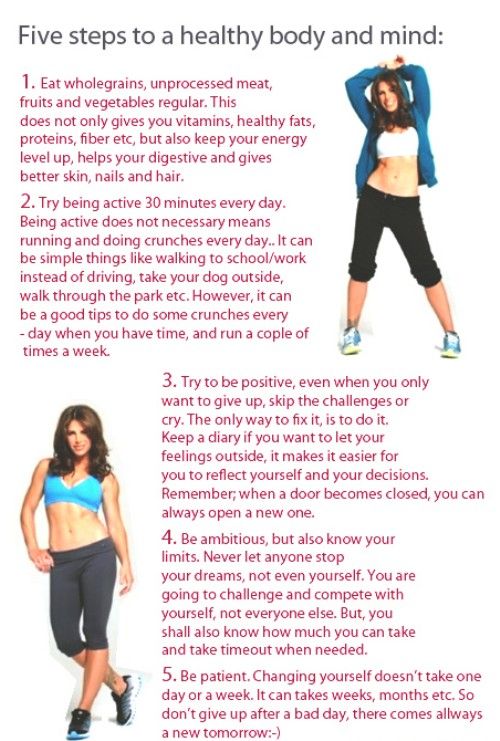 How to get back a flat stomach? Is it allowed to download the press?
How to get back a flat stomach? Is it allowed to download the press?
To the question "Is it possible to pump the press after a cesarean section?" experts answer: Irina Alexandrovna Fedyunina, obstetrician-gynecologist of the MEDSI Clinic on Leningradsky Prospekt, and Vladimir Kholopov, coordinator of the gym of the MEDSI Wellness Club Cascade.
Irina Alexandrovna Fedyunina: Many women who want to get in shape after childbirth as soon as possible are interested in the question of when it is possible to start training the abdominal muscles, namely, to pump the press, and whether it is possible. Undoubtedly, after childbirth, the woman's body needs recovery, especially if the birth ended with a caesarean section.
It is worth remembering that caesarean section is an abdominal operation, in which the integrity of the tissues of the anterior abdominal wall is violated. And although modern techniques for performing this operation can reduce the postoperative rehabilitation period and reduce the incidence of complications after the intervention, it still takes some time to heal the scar.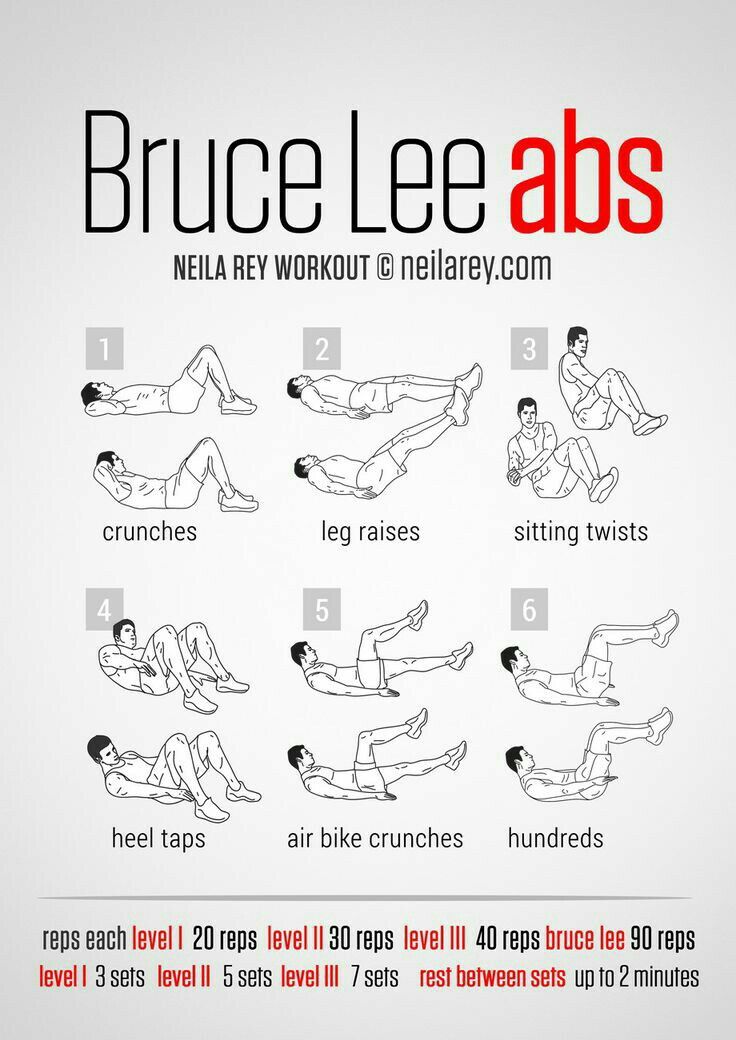 Therefore, the simplest physical exercises can be started no earlier than 3 months after the operation. It is not recommended to give a high load on the abdominal muscles for six months - this is how much the recovery period after the operation lasts. Too hasty actions can cause an increase in intra-abdominal pressure, soreness of the sutures and their divergence, and this is fraught with serious consequences. In any case, it is possible to start training the press after a cesarean section only after the permission of the doctor.
Therefore, the simplest physical exercises can be started no earlier than 3 months after the operation. It is not recommended to give a high load on the abdominal muscles for six months - this is how much the recovery period after the operation lasts. Too hasty actions can cause an increase in intra-abdominal pressure, soreness of the sutures and their divergence, and this is fraught with serious consequences. In any case, it is possible to start training the press after a cesarean section only after the permission of the doctor.
After discharge from the maternity hospital, do not do exercises for the press, it is recommended to sleep on the stomach and wear a postoperative bandage to help tighten the muscles and skin of the abdomen.
You can start pumping the press after a caesarean section with simple exercises:
• Try to work your legs in a sitting or lying position (the body must remain motionless while doing this). It can be lowering and raising the legs, bending them, crossing in weight, and so on.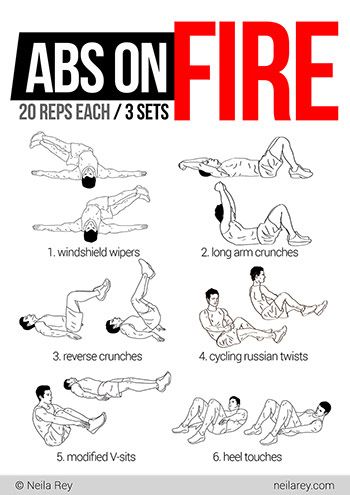
• To strengthen the press after a caesarean section, the rotational movements of the body with tightly pressed to the floor and motionless legs will help.
• It is possible to perform cross movements of the body and legs at the same time.
Don't be afraid to move and exercise. But if discomfort and pain occur in the seam area, gymnastics should be stopped immediately. Always consult your doctor before starting exercise.
Vladimir Kholopov: The prenatal and birth periods are a very important time in the life of a future mother. At this time, the woman should be under close medical supervision. After all, a competent attitude to one’s health is a guarantee of excellent well-being for both mother and child in the future. No less attention should be paid to your health after childbirth.
It is known that every woman after childbirth tends to quickly return to the previous, "prenatal" forms. Therefore, young mothers often ask themselves the question: when can I start doing abdominal exercises and is it possible? Especially if it was a caesarean section.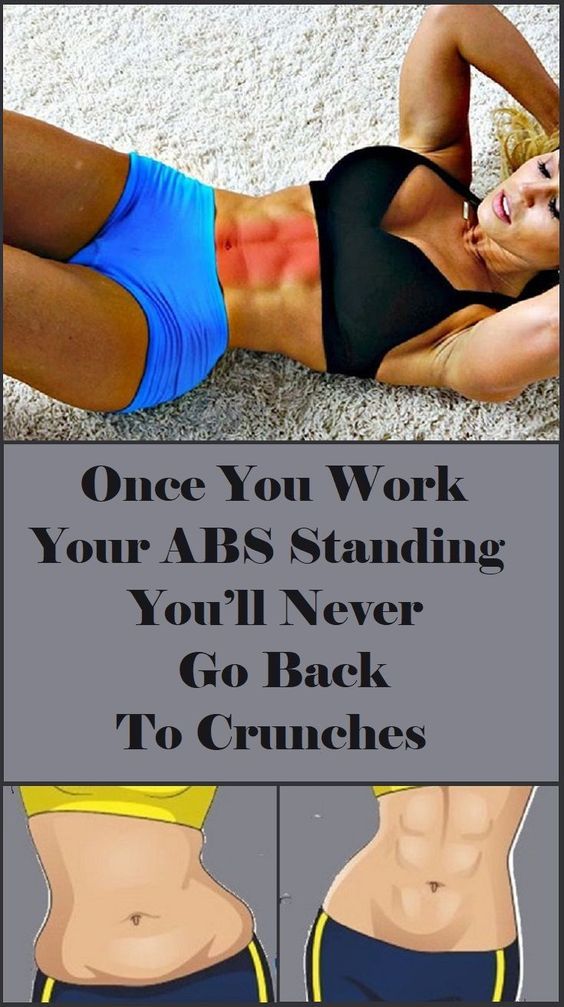
After a caesarean section, the recovery period is much longer than after a natural birth. However, after a certain time, a moderate load on the abdominal muscles is already allowed. Before starting any exercises, you need to consult with your gynecologist, undergo an ultrasound examination, make sure that the suture after a cesarean section is correct and the body is restored.
Usually obstetrician-gynecologists recommend starting after 6 months, but in most cases, in each case, the start time of classes is determined individually. Many women begin classes after 3-4 months. Again, it all depends on the degree of recovery of the body and its readiness for physical activity.
Before you start exercising, you should pay attention to the following general recommendations:
• choose exercises with low amplitude;
• 10-15 repetitions in one approach, no more;
• training should take place 3 times a week, the abdominal muscles are a group of endurance muscles, and therefore they require systemic training;
• training exercises should be tailored to the woman's physical condition;
• it is necessary to control the performance of exercises, it is best to exercise under the supervision of an experienced trainer or exercise therapist.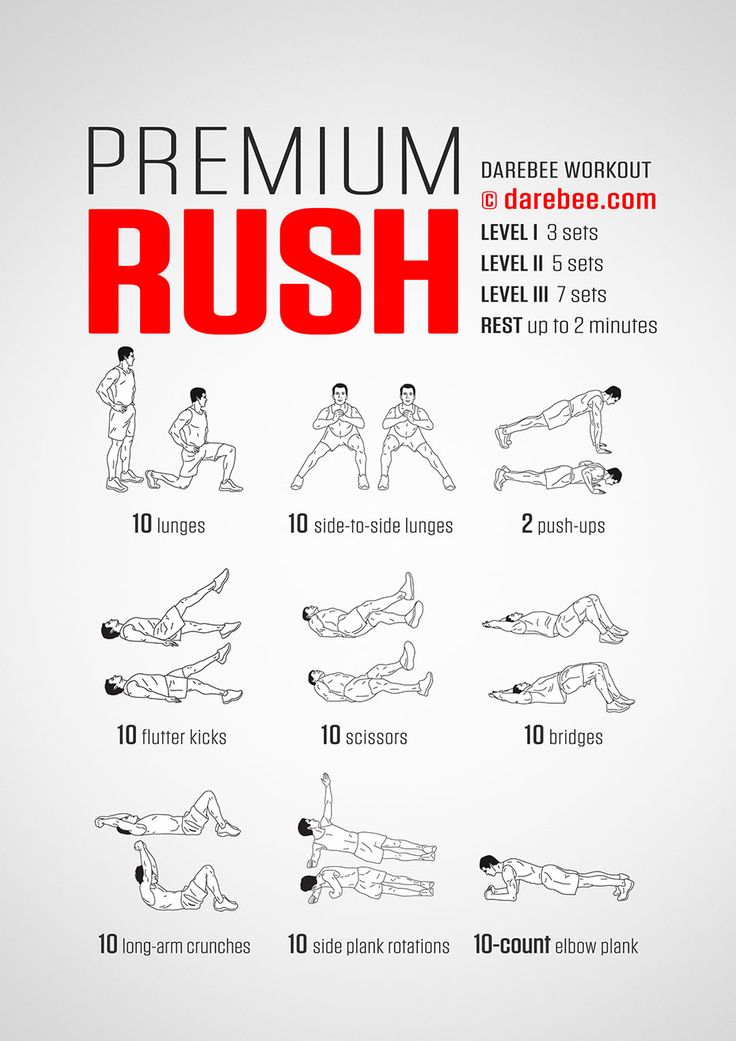
At home, I would recommend doing the following exercises:
1. "Folding" sitting on the floor. From the “sitting on the floor” position, hands in support, behind the back. Pull your knees up to your chest. 10-12 reps, 2-3 sets.
2. Plank. Static tension of the abdominal muscles in emphasis on the forearms and socks. 15 seconds, 2-3 sets.
3. Raised leg crunches. From the supine position, knees bent at 90 degrees. Raise your head and try to reach your knees with straight arms. 12-15 lifts, in 2 sets.
4. Then you need to load the oblique muscles anterior abdominal wall. Lying on your back, bend your knees and tilt them to the right while your arms are tilted to the left. Then synchronously change the position of the knees and hands, that is, the knees go to the left, the hands to the right. Perform 12 pairs of twists.
After completing these exercises, you can do some general stretching exercises. And, of course, you should pay close attention to your lifestyle.